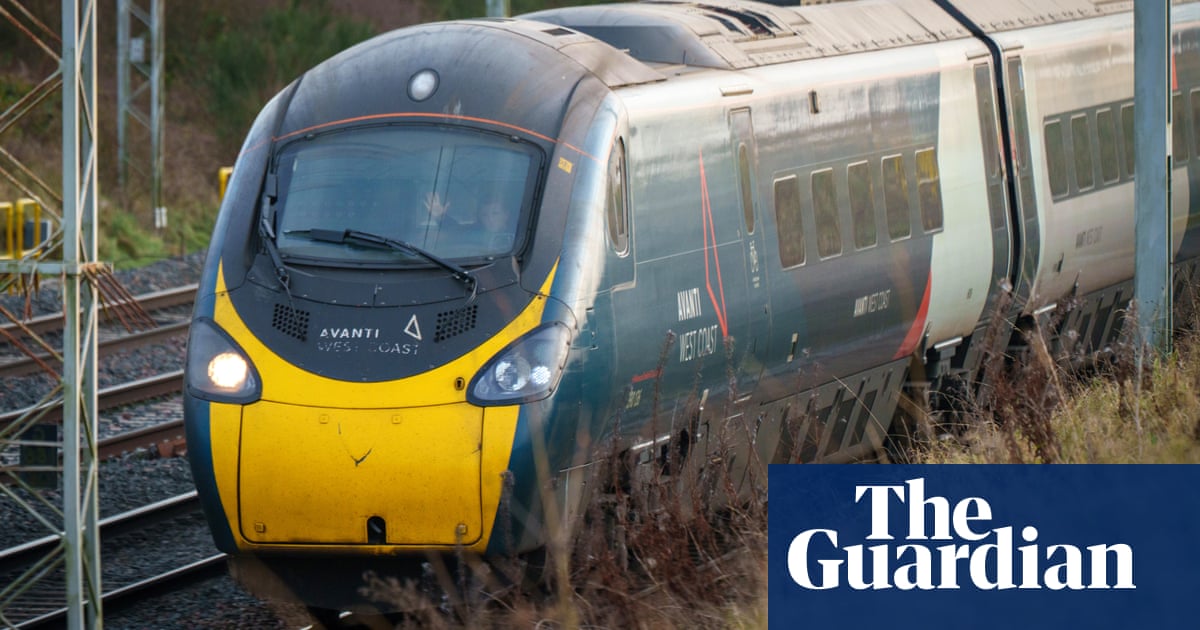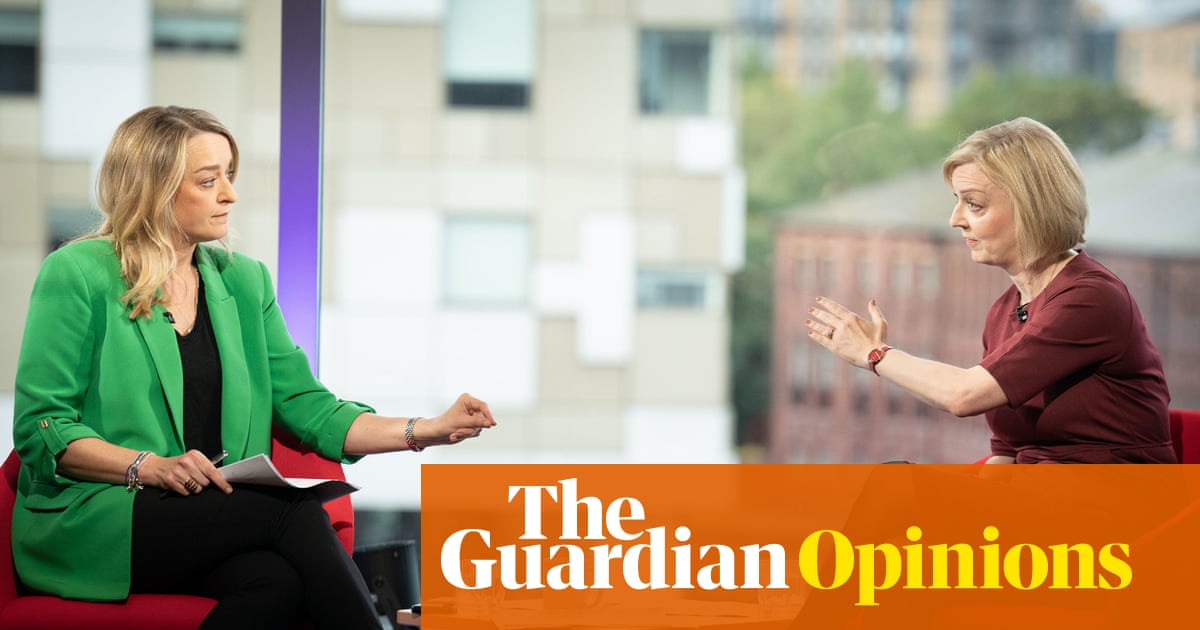
At first glance, the scarred earth in central Birmingham where HS2’s future Midlands terminus will stand has not changed greatly since 2018. Back then, before another Tory party conference, transport secretary Chris Grayling donned a hard hat to affirm that work was up and running, in front of bulldozers specially hauled in for a Sunday shift.
Now, with the government set on fresh spending cuts, the vast outlay on the high-speed rail line has been called into question again as inflation bites. Facts on the ground will matter once more – and while the sweeping viaduct and new station at Birmingham’s Curzon Street exist only in CGI form above ground, foundations have been laid beneath.
Millions of cubic metres of earth have been shifted, and 20-metre-long reinforced concrete piles have been capped with cages formed of increasingly expensive British steel poles, filled with ever-pricier concrete.
These will support giant V-shaped piers which will prop up an 800-metre viaduct. Feats of engineering lie ahead: two 100-metre-plus sections, with steel girders and concrete decks, will be pre-formed and launched over the Digbeth canal. New contractors will then build the arched glass station adjoining the historic stone Curzon Street building, to welcome HS2’s high-speed trains by the end of the decade.
That, at least, is the plan – reaffirmed in principle by some, though not all, ministers last week. Other voices, however, have wondered quite where the project will end up.
Cost is the obvious concern, with rampant inflation in an energy-intensive industry adding to the perennial debate over an estimated £100bn-plus scheme. The growth plan published last month in the chancellor’s mini-budget promised to press ahead with big infrastructure projects – but the government has of course already ditched headline pledges on HS2. With the Bank of England splashing £65bn to calm markets, and the government determined to squeeze other spending, uncertainty is once more swirling around the scheme.
According to the last update in March, costs for the first phase of HS2, linking London to Birmingham, were on budget. Assuming work on phase 2a to Crewe continues, and that phase 2b onward to Manchester goes ahead, the Department for Transport calculates the total bill at £74bn in 2019 prices, excluding the possible HS2 East. The stump of the original eastern leg to Leeds is now expected to run only as far as the east Midlands, but it has gone back to the drawing board and its costs are undetermined.
Around £4.3bn in contingency funding remains within HS2’s £44.6bn phase one budget, which could meet some of the rising costs of raw materials - not least the kinds used in a scheme specified to have a design life of 120 years. HS2 contractors in Birmingham say the steel they use has gone up from about £800 to £1,200 a tonne, concrete from £110 to £140 a cubic metre. Some of that pain is borne by the contractor, the rest by the taxpayer.
The overall budget has been restated twice now for inflation over HS2’s gestation – though general price rises only account for a fraction of the bill’s swelling from its original £32bn. Tony Berkeley, the peer who broke off from the government’s Oakervee review of HS2 in 2019 to write a dissenting account, claims the true cost now is nearer £155bn – a figure that HS2 says it does not recognise. Despite the £15bn of spending to date, Berkeley claims the government would save £147bn by stopping now, recouping £8bn by repurposing or selling off land it has acquired.
Among Conservative voters, supporters have always been rarer than opponents of HS2. Some outrage was expressed, nonetheless, by HS2’s backers when the clothing chain Next, owned by Tory peer Lord Wolfson, suggested scrapping the project altogether in a stock exchange filing just before the party conference. At a pro-HS2 conference reception in a champagne bar in Birmingham last week – addressed by a local MP, Andrew Mitchell, rather than a transport minister – one backer pointed out that 27,000 jobs are currently supported by HS2: “Would he [Wolfson] cull the entire Next workforce?”
The damning hint of faint support lingers. Later that week, the launch of the first of six tunnel boring machines in west London was hailed by HS2’s chief executive, Mark Thurston, as demonstrating the project’s “brilliant momentum”. The supplied quote from the new rail minister, Kevin Foster, spoke of a landmark moment – but only in “helping link London to Birmingham”.
With tunnels cut through the Chilterns, and much of Old Oak Common in west London already flattened, that phase looks assured. As one supporter put it: “It’s too far gone.” But HS2’s backers are in no doubt that the scheme remains an obvious target for cuts, and that politicians might seek some totemic sacrifice. With the Golborne link – a 13-mile branch of HS2 designed to speed journeys to Scotland – already axed this year, the remaining possibilities for obvious savings are few.
Cuts would also concern the Conservative MP and transport select committee chair, Huw Merriman. The economic case for HS2, he says, has already been hugely diminished by the scrapping of the north-eastern leg. Speaking at the party conference, he said: “Without going past Birmingham, arguably it wouldn’t have made sense to have started in the first place.”
The plot has thickened since the prime minister, Liz Truss, committed in an interview to building a new Northern Powerhouse Rail line across the entire west-east span of England, from Liverpool to Hull, with a stop at Bradford – adding an estimated extra £25bn to the Integrated Rail Plan, which the railway industry and government departments painstakingly thrashed out last year. This could indeed be good news for the north. It would be welcomed by Merriman and his committee, which had suggested the government should upgrade the £96bn rail plan to maximise the benefits, but was expecting a polite dismissal of that idea in the DfT’s response to their report.
In light of Truss’s comments, the DfT is believed to be hastily rewriting that response. Merriman said he was hoping to see “more granularity” in the plan and what it would mean for northern cities, and to getting “the biggest bang for our buck”. He said only the detail would let them find out “if these revised plans are going to deliver a larger return for the north, and UK taxpayers, despite a greater upfront cost.” The DfT would not comment further.
Some suggest that the public commitment to a bigger Northern Powerhouse Rail could give political cover for the government to scrap more of HS2 without further alienating its northern constituencies.
While Bradford and northern leaders understandably leapt on Truss’s pledge, all will know that until the line is designed out in full, funded and built, there is little to rely on. As Labour’s Louise Haigh, the shadow transport secretary, noted, the Conservatives have now “promised NPR and HS2 in full more than 60 times before slashing both”.
It would have taken a brave minister to row back on HS2 while in the home city of West Midlands mayor Andy Street, a fervent backer. The promise of better, faster journeys to London is already spurring regeneration here. When completed, the Curzon Street development will open up a pedestrian route from the city’s growing “knowledge quarter” to Digbeth, as well as a new tram line. However costly or truncated HS2 finally proves, Birmingham will be well placed to count its worth.












